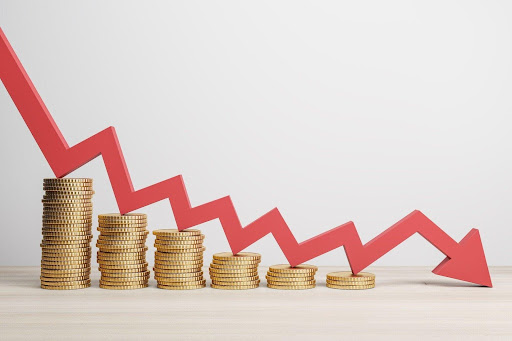How a Price Reduction Can Signal a General Decline in Goods & Services

Have you ever noticed how a price reduction can sometimes hint at a bigger problem? While it may seem like a great deal, a price reduction can often signal a general decline in the quality or demand for goods and services.
When prices drop, it may not always be because of a sale-sometimes it’s a sign that things aren’t selling as well as expected. Want to know why this happens and what it could mean for consumers and businesses? Keep reading to find out!
Price Cuts and Market Shifts
Price cuts often happen when businesses notice a change in market trends. These reductions are usually a response to lower demand for certain goods or services. When people stop buying, companies lower prices in hopes of attracting more customers.
However, frequent price reductions can point to a bigger problem-an overall decline in the market. A decrease in prices can also reflect the inability of businesses to maintain profit margins. As market trends shift, companies may struggle to keep up, leading to more discounts.
Signals of Falling Demand
When demand for products or services falls, businesses may reduce prices to encourage sales. A price reduction can be a clear signal that fewer people are buying. This often happens during an economic decline when people have less money to spend.
As demand decreases, companies may struggle to move inventory, prompting them to cut prices. In some cases, the price drop is an attempt to keep up with competitors offering lower prices.
Quality Concerns with Discounts
A price reduction can suggest that the company is cutting corners to maintain profitability. People may wonder if the item has been downgraded in some way or if it’s outdated. In many cases, products on sale might be nearing the end of their lifespan or have defects.
As prices drop, customers may question whether the lower cost reflects a decline in quality. Some businesses may even reduce features or services to offer a cheaper price.
Business Struggles and Price Drops
When businesses face struggles, they often lower prices to attract more customers. This is especially true during times of deflation when the overall price level in the economy is falling.
A price drop may seem like a good deal, but it can also show that the business is having difficulty staying profitable. Companies might reduce prices to clear out excess inventory or compete with others offering lower prices.
Consumer Reactions to Lower Prices
When consumers see lower prices, they may initially feel excited about the savings. However, many also become skeptical about why the price has dropped. Some may wonder if the product is now of lower quality or if something is wrong with it.
Price reductions can make customers question whether the business is struggling. If a price is too low, it might even lead consumers to avoid the product, fearing it’s not worth buying. In some cases, shoppers might only purchase discounted items if they believe they’re getting a good deal.
All About Price Reduction and Market Decline
A price reduction can often signal a deeper issue within the market. It may show that demand is falling, and businesses are struggling to stay profitable. While a price reduction may seem like a good deal, it could also mean lower quality or fewer services.
Understanding these signs helps consumers and businesses navigate challenges in a changing economy.
Looking for more tips and ideas? We’ve got you covered. Check out some of our other posts now.





